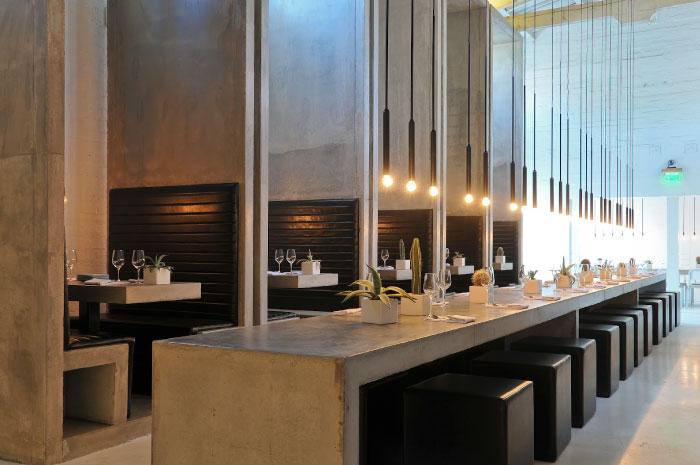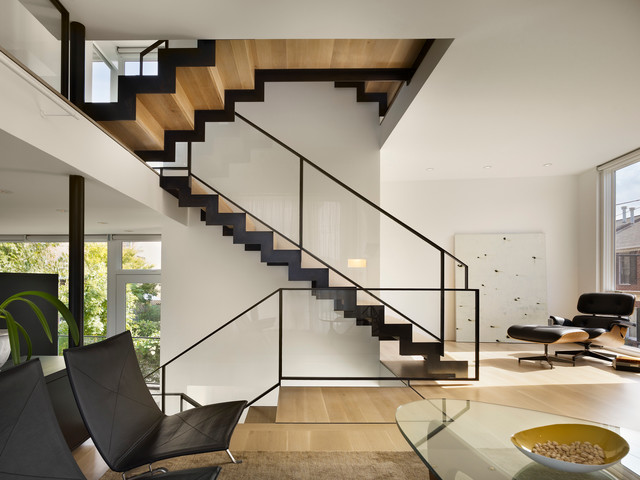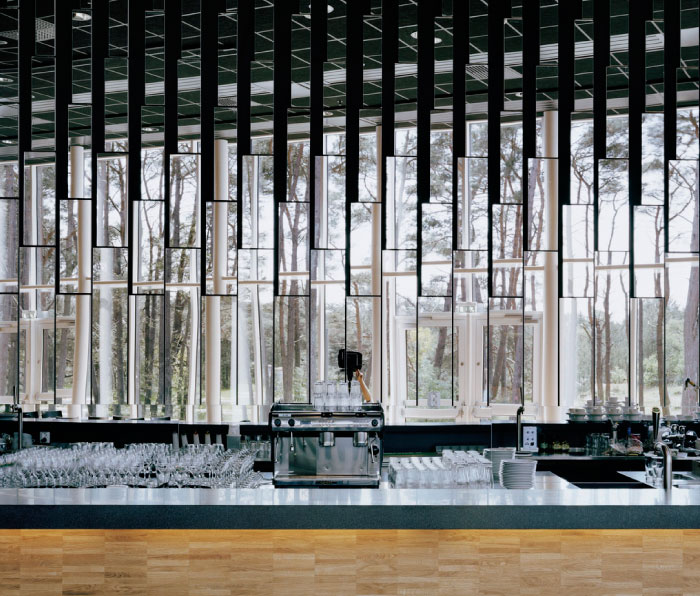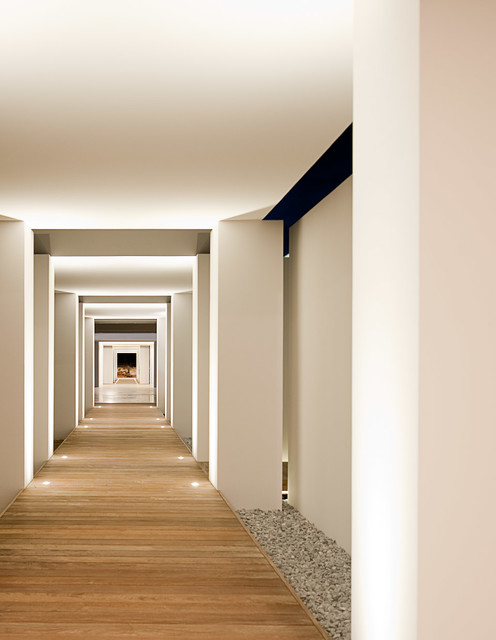It can also be created by progression which is simply a gradual increasing or decreasing in size direction or color. In interior design rhythm is all about visual pattern repetition and rhythm is defined as continuity recurrence or organized movement.

What Is Rhythm In Interior Design Learn To Apply Tilen Space
Its created when one or more elements of design are used repeatedly to create a feeling of organized movement.

. Repetition gradation transition contrast and radiation. The rhythm in most interior designs is based on one of five principles. If you want to achieve an effective engaging design you should aim to have a coexistence of dominant and subordinate elements to draw the eye around the interior.
Rhythm achieved through linear elements alternating elements gradation repetition or intricate details. In nature you can see this in the waves on a beach or sand dunes. By repeating patterns shapes colour and texture or similar and complimentary pieces throughout a space you create a.
Rhythm allows the eyes to move around from one object to another and creates a harmonious atmosphere in a room. To start rhythm is one of the seven principles of interior design. Rhythm is a combination of repeated elements with slight variations in the pattern.
Rhythm can be thought of as a pattern in movement. Also it plays a large role in how we perceive the space both in terms of functionality and whether or not it seems aesthetically pleasing. Rhythm Rhythm is the flow from one design element to the next assisting the eyes to move freely throughout an interior environment.
There are three methods of achieving rhythm in interior design. This represents movement and motion within art and is a technique used by visual arts and designers to create fluidity within an artwork or object. Its all about that eyebrain connection.
Its used to help our eyes move around a room in an organized manner and thought. Rhythm is the idea of creating organized movement around the room by repeating elements in a space. Rhythm is created through repetition of line form texture and color.
Our eyes actually bounce around the room at lightning speed going from one thing to another. When used well it brings an underlying unity and sense of variety to our spaces. As simple or complex as we want to make an alternating rhythm it can be an easy way to break up the monotony of a regular rhythm.
In the same way that rhythm in music creates a sense of movement in a space rhythm in design does the same. So heres a good working definition of rhythm in interior design. Flowing rhythm A flowing rhythm shows the repeated elements following bends curves and undulations.
Rhythm in interior design refers to the process of establishing visual interest throughout a room by using visual patterns that are repeated and contrasted. Our last blog post introduced the principles of design with a focus on balance. Rhythm is defined as a strong regular repeated pattern of movement or sound.
Repetition Transition and Progression Also known as Gradation. Rhythm is a key design principle that encourages our eyes to move around a room in an organized way.

What Is Rhythm In Interior Design Learn To Apply Tilen Space

5 Ways Rhythm Engages Your Eye

How Does Rhythm In Design Engage Your Eyes Your Own Unique Decor

Principles Of Interior Design Part 2 Rhythm

Principles Of Interior Design Part 2 Rhythm

5 Ways Rhythm Engages Your Eye

What Are 7 Principles Of Interior Design Base Of Each Design

What Is Rhythm In Interior Design Learn To Apply Tilen Space
0 comments
Post a Comment